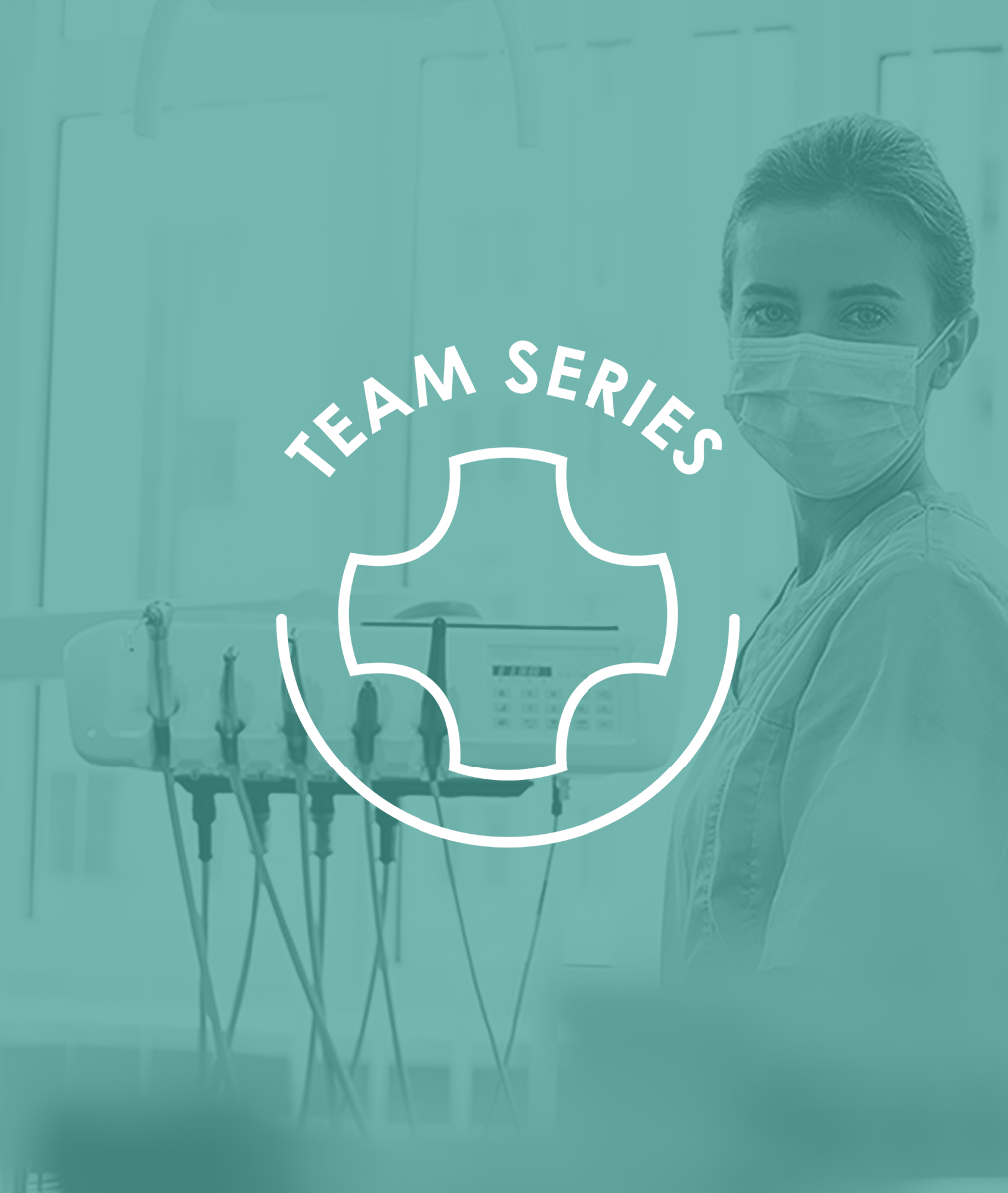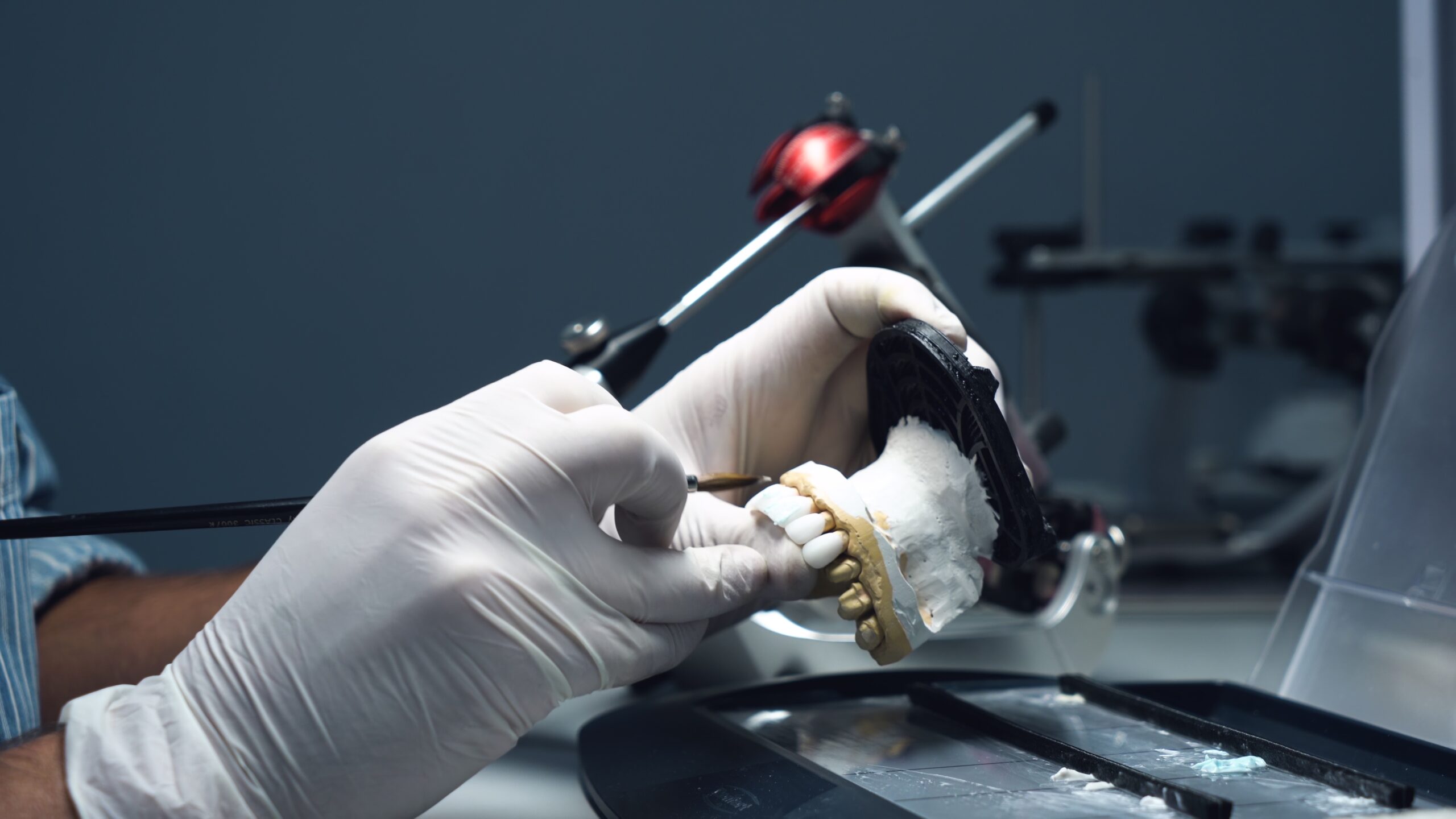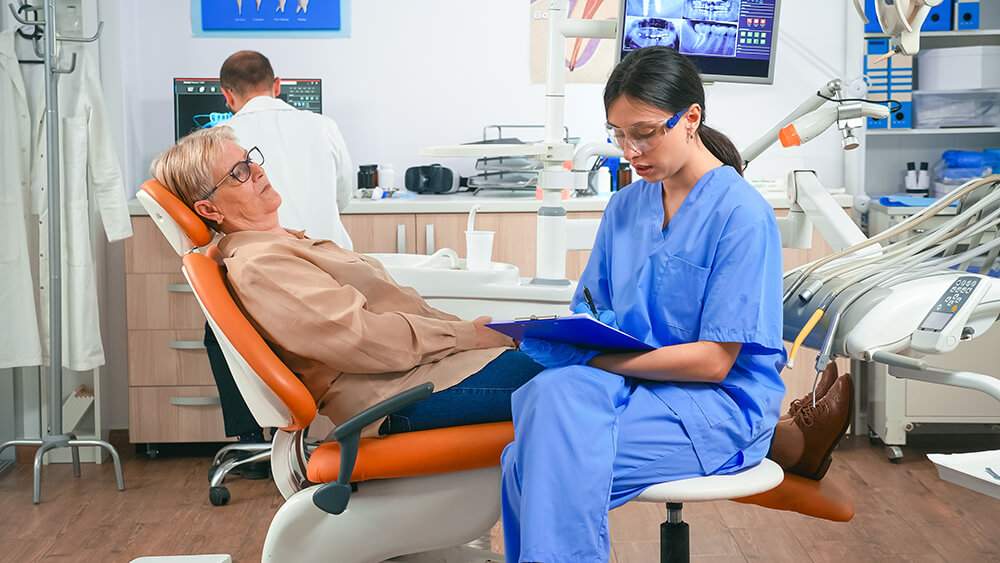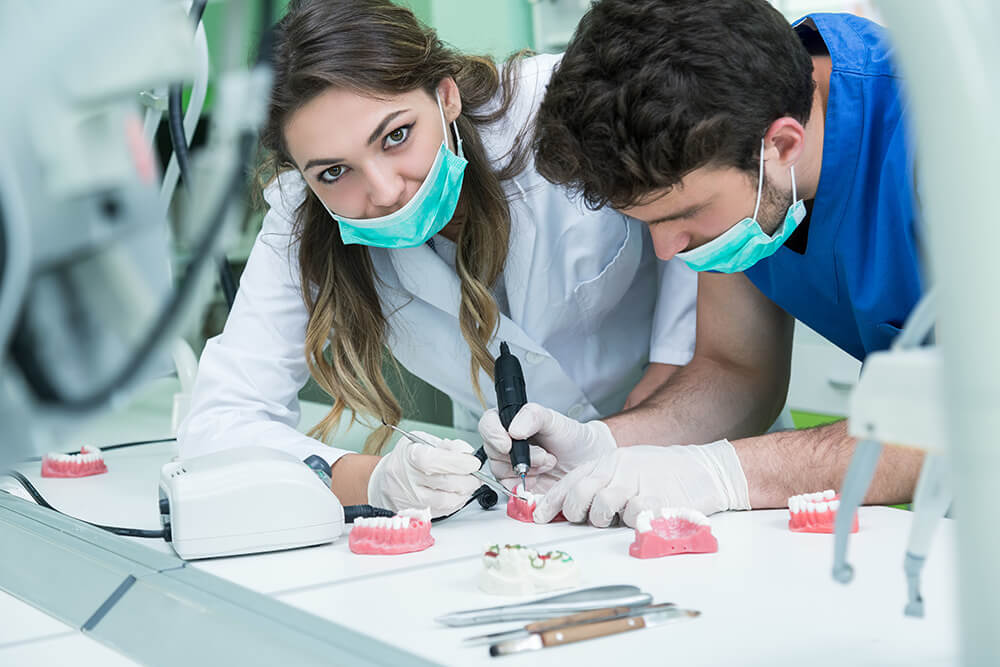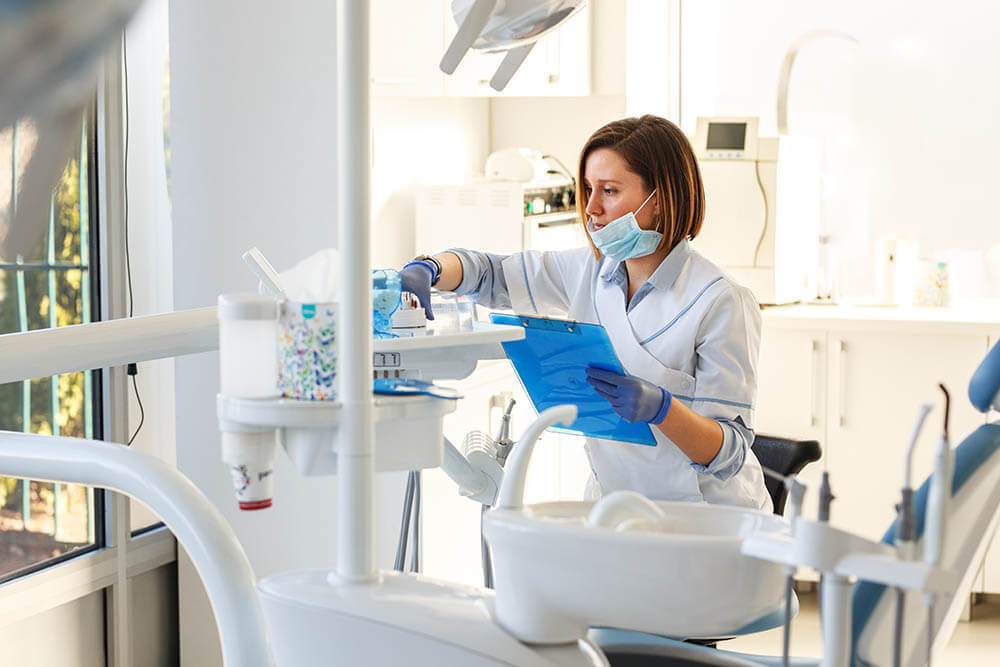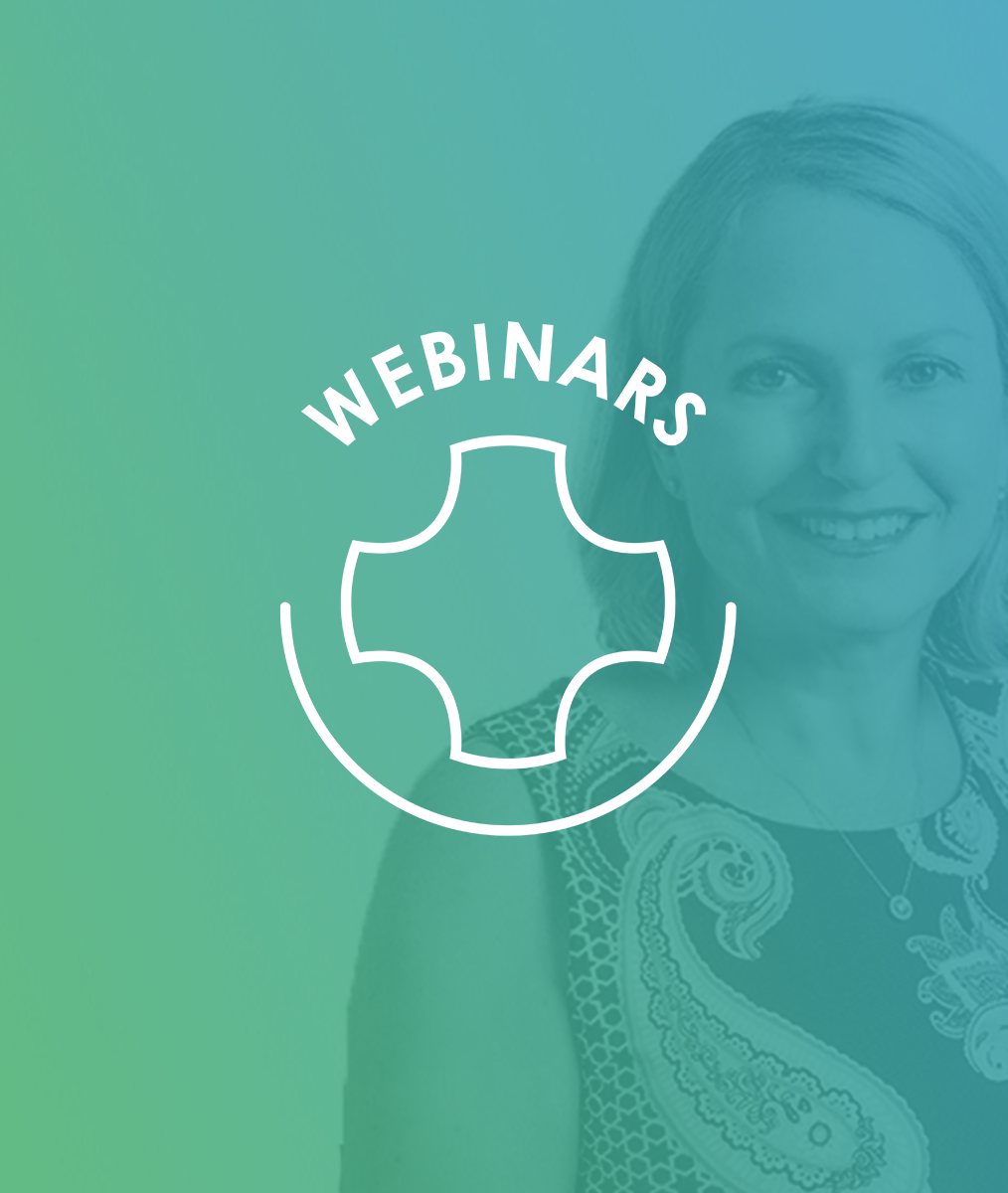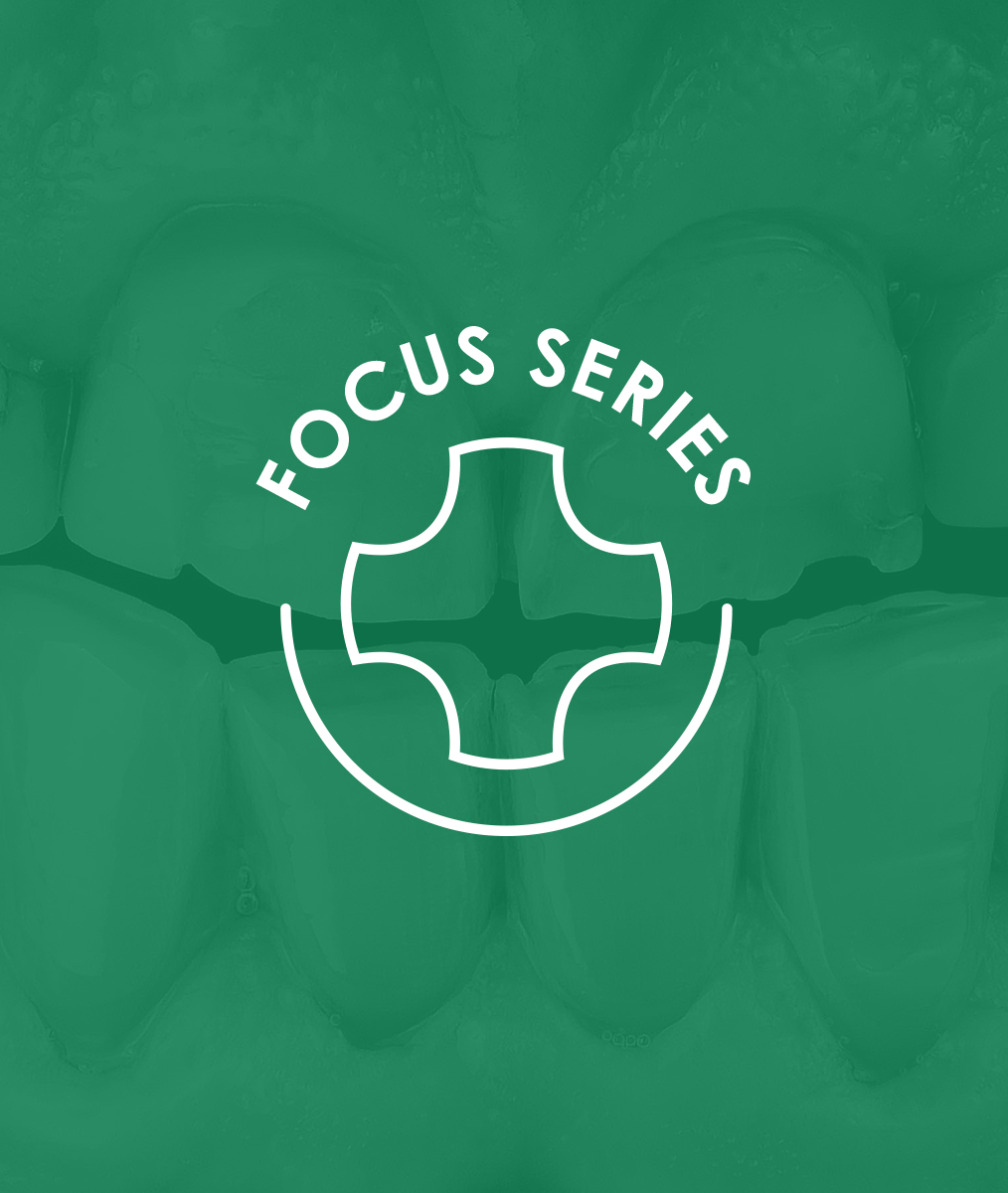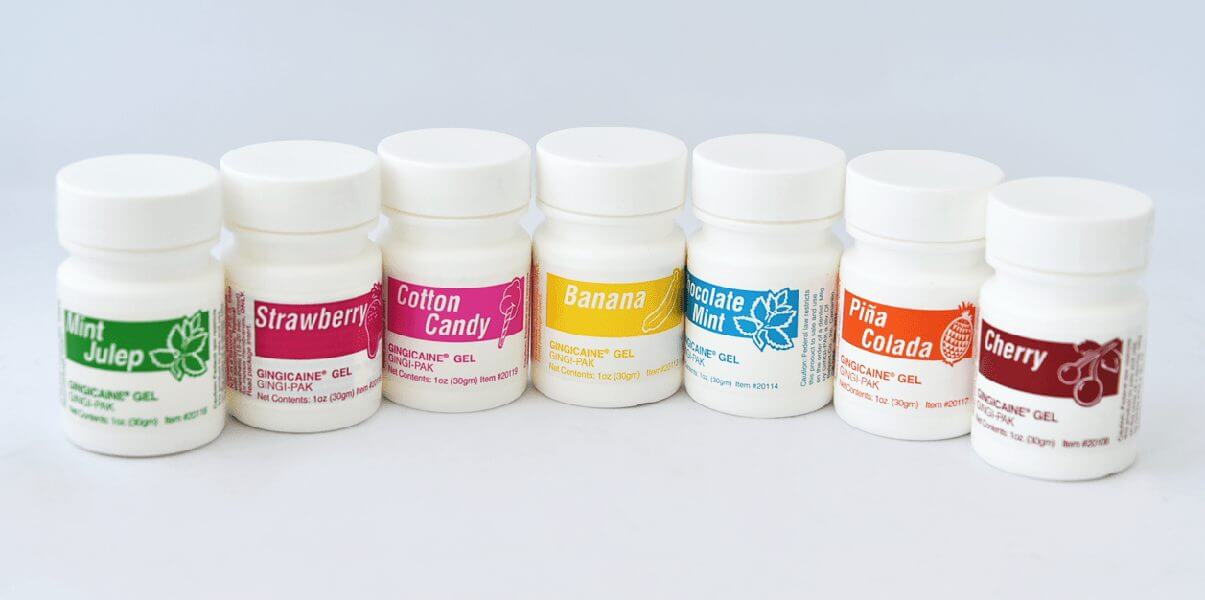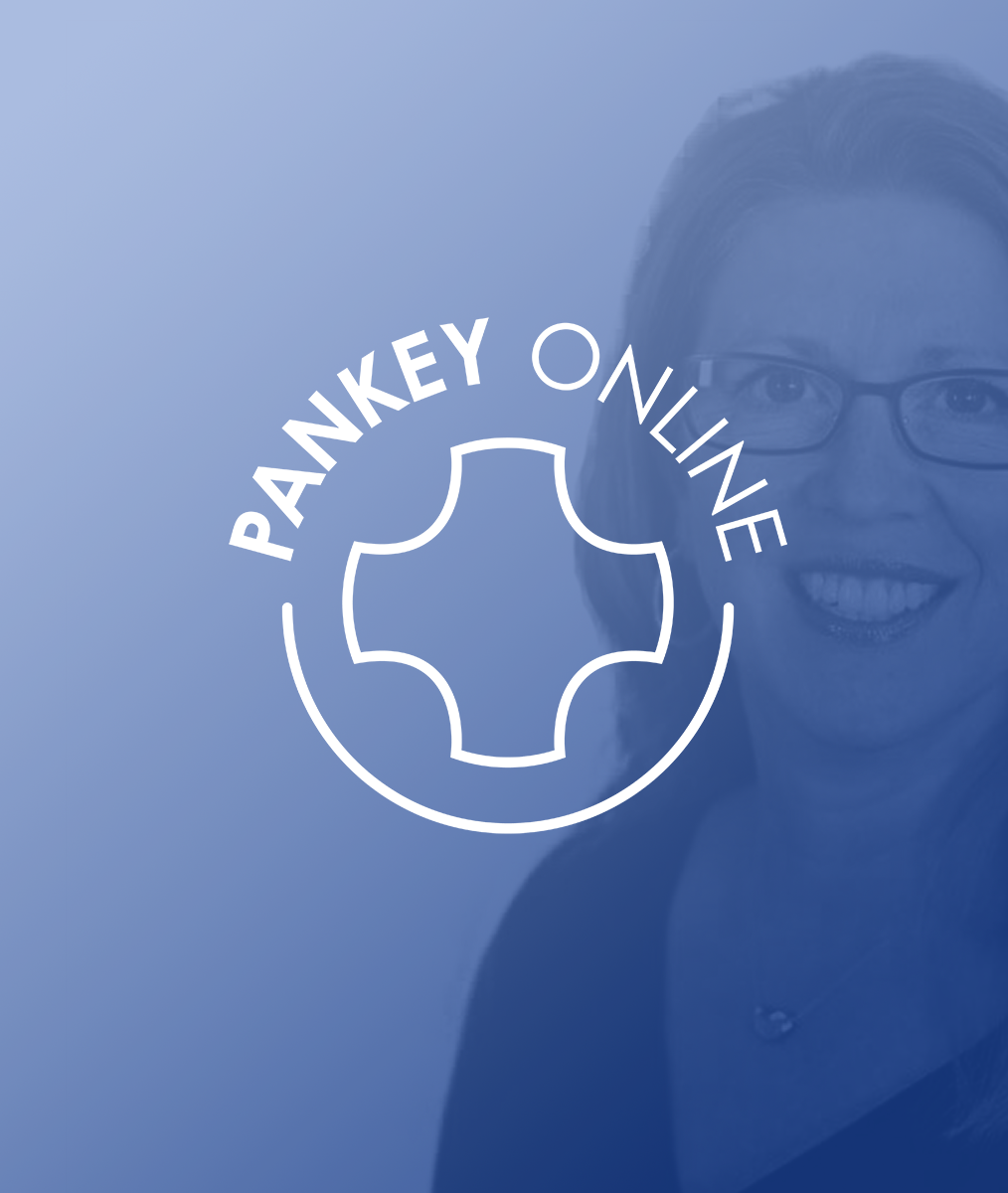Conversational Recall
Over the past few months, I’ve had a series of coaching sessions with frustrated dentists due to many of their exchanges with team members not being as effective as they had hoped. The dentists were confident they had been clear about their expectations, and yet there was still lagging or even absent implementation of the anticipated behavioral and system changes.
“Maybe this is not the right team member! How can they not just do what I ask them to do?”
Of course, I appreciate how disconcerting this can be, AND I want to challenge the notion that a single conversation can lead to effective change.
I imagine we can agree that most of your patients are in the midst of their own developmental process, as dental offices have quality systems in place to support this idea. A patient comes in for a hygiene appointment and they are routinely scheduled to return in 3 or 6 months to follow up, monitor for changes, and (hopefully) celebrate new levels of health. We are used to the idea of having a return date, better known as a “recall appointment.” More often than not this system works. Over time, as the recall appointments continue, trust levels increase along with deepening relationships and even case acceptance.
The question I pose is this: How can you as a leader apply this same principle to coaching your team members? I like to call this system a Conversational Recall.
What if at the end of a coaching conversation, even a short one, you create an opportunity to revisit with the team member to assess progress, problem solve any obstacles, and set a time for yet another Conversational Recall? My own experience tells me that sustained change typically occurs by implementing small changes over time. Staying connected with a team member by offering ongoing feedback and support may very well be the difference between you being frustrated by unmet expectations and your ability to celebrate high performance and heightened levels of engagement.
One aspect of leadership is setting each team member up for success. You can do this by investing time and energy, walking alongside them, and committing to following up as a pathway to letting each person know that you care. One of the greatest ways to inspire change is to demonstrate to your team members that you both value what they have to bring and that you believe in them…sometimes even more than they believe in themselves.
Another aspect of quality leadership may just lie in your ability to be congruent in all areas of your practice; do for your team what you do for your patients—if not more. Care for your team like you care for your patients—if not more. The rewards for everyone involved could be incredible!
Related Course
The Pankey Hygienist: Where Clinical & Behavioral Science Unite
DATE: January 9 2025 @ 1:00 pm - January 11 2024 @ 8:00 pmLocation: The Pankey Institute
CE HOURS: 23
Regular Tuition: $ 3195
Single Occupancy Room with Ensuite Bath (Per Night): $ 345
The Power of Development Hygienists and Dentists: Are you ready for your hygiene appointments to be more effective both clinically and relationally? Can you imagine having a totally fresh perspective…
Learn More>






